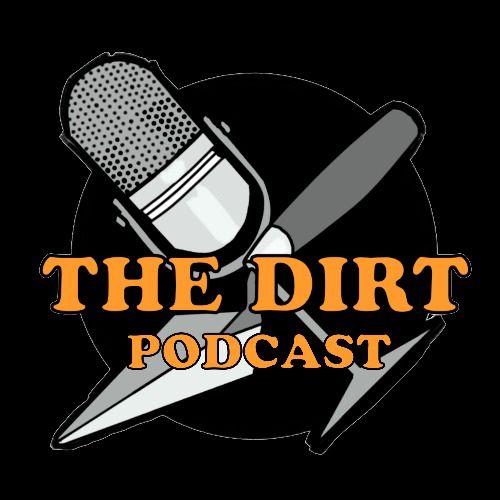Episode 19
Beware the Boogeypeople!
This week, Anna and Amber hunker down around the campfire to talk about things that go bump in the night, and encounter some common themes from around the world. Amber fangirls over a baby-snatching Mesopotamian demon and stumbles upon a familiar monster in Native American myth, while Anna offers some DIY advice for combating medieval witches.
To learn more about these (and other!) boogeypeople, check out:
The Epic of Atraḥasis (Livius)
Heffron, Yağmur. “Revisiting ‘Noise’ (rigmu) in Atra-ḫasīs in Light of Baby Incantations.” Journal of Near Eastern Studies, Vol. 73, No. 1 (April 2014), pp. 83-93.
Michel, Cécile. “Une incantation paléo-assyrienne contre Lamaštum.” Orientalia, NOVA SERIES, Vol. 66, No. 1 (1997), pp. 58-64.
Potts, D.T., D.L. Martin, K. Baustian and A. Osterholtz. “Neonates, infant mortality and the pre-Islamic Arabian amuletic tradition at Tell Abraq.” Liwa, Vol. 5, No. 9 (June 2014), pp. 3-14.
Kinnier Wilson, J. V. . “Gleanings from the Iraq Medical Journals” Journal of Near Eastern Studies, Vol. 27, No. 3 (Jul., 1968), pp. 243-247.
Typhoid Fever and Paratyphoid Fever: Symptoms and Treatment (CDC)
15 Bogeymen From Around The World (Listverse)
Brightman, Robert A. “The Windigo in the Material World.” Ethnohistory, vol. 35, no. 4, 1988, pp. 337–379. JSTOR, JSTOR, www.jstor.org/stable/482140.
Nazare, Joe. “The Horror! The Horror? The Appropriation, and Reclamation, of Native American Mythology.” Journal of the Fantastic in the Arts, vol. 11, no. 1 (41), 2000, pp. 24–51. JSTOR, JSTOR, www.jstor.org/stable/43308417.
Waldram, J. (2004). Revenge of the Windigo: The construction of the mind and mental health of
North American Aboriginal peoples. Toronto: University of Toronto Press.
Ahenakew, Cash. “The birth of the ‘Windigo’: The construction of Aboriginal health in biomedical and traditional Indigenous models of medicine.” Critical Literacy: Theories and Practices 5:1 2011.
Forbes, J. D., & Forbes, J. D. (2008). Columbus and other cannibals: The wétiko disease of exploitation, imperialism, and terrorism
. New York: Seven Stories Press.
Malleus Maleficarum (Wikipedia)
Merrifield, Ralph. “Witch Bottles and Magical Jugs.” Folklore, vol. 66, no. 1, 1955, pp. 195–207. JSTOR, JSTOR, http://www.jstor.org/stable/1257932.
Merrifield, Ralph. (1987). The Archaeology of Ritual and Magic. B.T. Batsford, Ltd., London.
Hoggard, Brian (2004), "The archaeology of counter-witchcraft and popular magic", in Davies, Owen; De Blécourt, William, Beyond the Witchtrials: Witchcraft and Magic in Enlightenment Europe, Manchester University Press, ISBN 978-0-7190-6660-3
Manning, M. Chris (2012), Homemade Magic: Concealed Deposits in Architectural Contexts in the Eastern United States. Master’s thesis, Anthropology Program, Ball State University, Muncie, IN.
Becker, Marshall J. (1978), "An Eighteenth Century Witch Bottle in Delaware County, Pennsylvania.", Pennsylvania Archaeologist 48(1–2):1–11.

